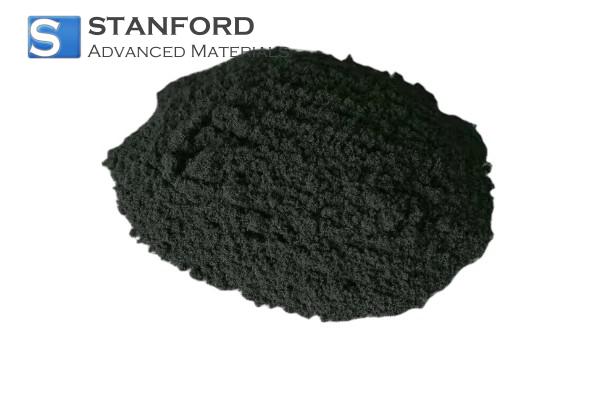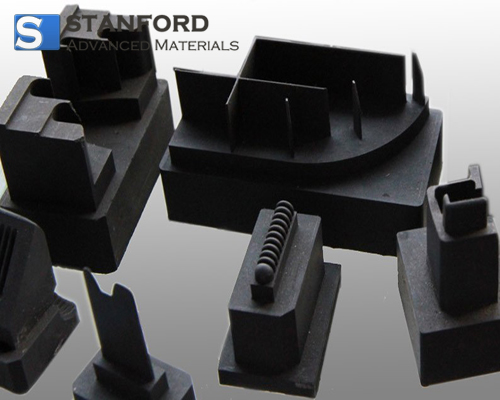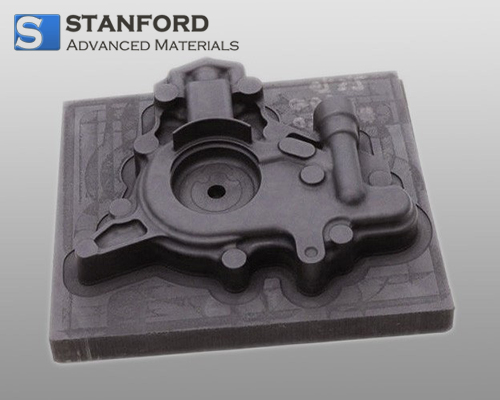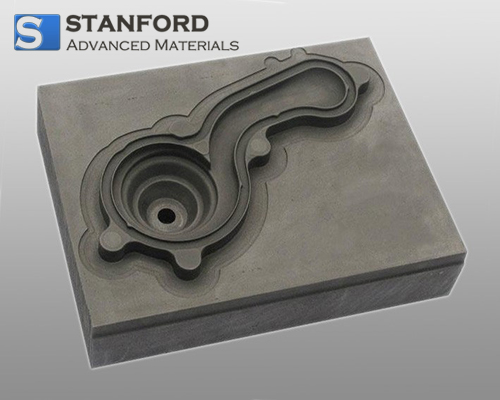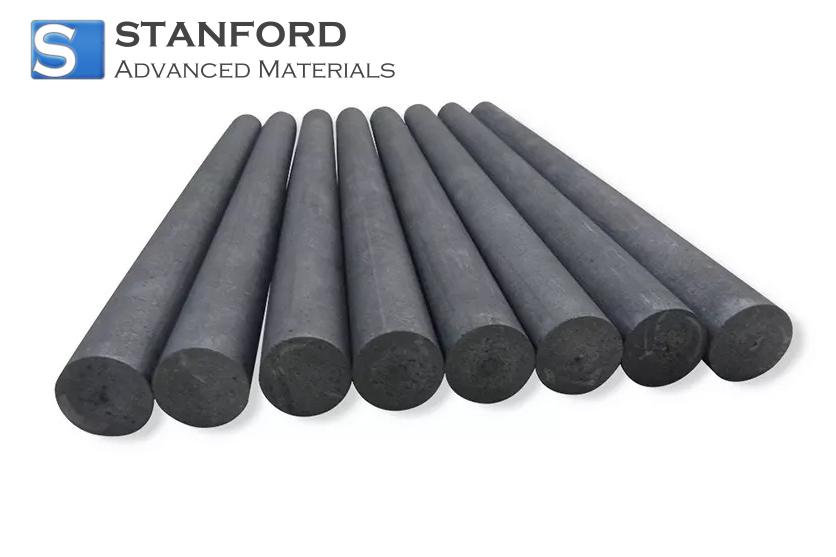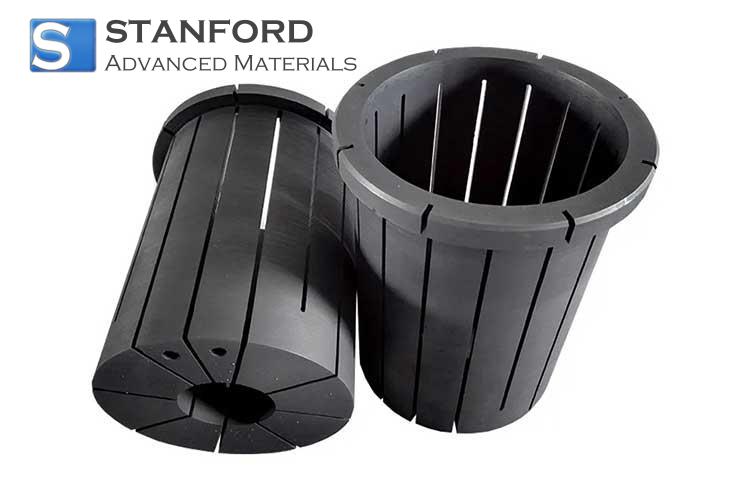CB0182 Carbon Nanotubes
| Catalog No. | CB0182 |
| Color | Black |
| Size | 2-25nm |
| Purity | >95% |
| Specific Surface Area(m2/g) | 50-400 |
Single Walled(SW), double walled (DW)and Multiy Walled(MW) Carbon Nanotubes. Carbon nano tubes, or CNT, has been used for hydrogen storage, composite materials, sports gear, battery and tissue engineering.
Carbon Nanotubes Description
Single-Walled Carbon Nanotubes (SWCNTs):
SWCNTs consist of a single layer of carbon atoms rolled into a seamless cylindrical tube. They can have different diameters, which refer to the orientation of the hexagonal lattice with respect to the tube's axis. SWCNTs exhibit remarkable mechanical, electrical, and thermal properties due to their unique structure. They can act as semiconductors or conductors depending on their chirality, and they have potential applications in electronics, energy storage, and composite materials.
Multi-Walled Carbon Nanotubes (MWCNTs):
MWCNTs, as the name suggests, consist of multiple layers of graphene sheets rolled into concentric cylinders, like a Russian nesting doll. These tubes can have several walls, ranging from a few to tens of layers. MWCNTs also possess exceptional mechanical and electrical properties and are often used in various applications. They can be better conductors than SWCNTs, making them suitable for certain electronic and electromagnetic applications.
Both SWCNTs and MWCNTs have been extensively studied due to their unique properties and potential applications in a wide range of fields, including nanotechnology, materials science, electronics, medicine, and more. Researchers continue to explore their properties and applications, aiming to harness their extraordinary characteristics for various technological advancements.
Carbon Nanotubes Specification
Content: > 95 wt%.
Length: 5-25 um
Ash: <2.0 wt%
|
Cat. No. |
Type |
OD |
ID |
Purity |
|
GR00411 |
SW |
1-2 nm |
0.8-1.6 nm |
90% |
|
GR00412 |
DW |
<5 nm |
<2 nm |
90% |
|
GR00413 |
MW |
<10nm |
1-5 nm |
95% |
|
GR00414 |
MW |
10-20nm |
5-10 nm |
95% |
|
GR00415 |
MW |
20-30nm |
5-10 nm |
95% |
|
GR0041x |
MW |
>30nm |
5-10 nm |
95% |
Carbon Nanotubes Application
- Electronics and Nanoelectronics:
Carbon Nanotubes can serve as excellent candidates for building blocks in electronic devices. They can be used in transistors, interconnects, and memory devices due to their high electrical conductivity, small size, and excellent electron mobility.
- Composite Materials:
Incorporating Carbon Nanotubes into polymer matrices can enhance the mechanical, thermal, and electrical properties of composite materials. These improved properties find applications in aerospace, automotive, sports equipment, and construction materials.
- Energy Storage:
Carbon Nanotubes can be used in supercapacitors and batteries to improve energy storage capacity and charge/discharge rates. They offer a high surface area for electrode materials and can enhance the overall performance of energy storage devices.
- Sensors:
Due to their high sensitivity to changes in their surroundings, carbon nanotubes can be used in various types of sensors, including gas sensors, biosensors, and strain sensors.
- Medical Applications:
Carbon nanotubes have potential uses in drug delivery systems, imaging, and tissue engineering. Their unique properties can be harnessed to improve the targeting and release of therapeutic agents.
- Nanomedicine:
Carbon nanotubes can be functionalized to target specific cells or tissues for applications in cancer therapy, diagnostics, and drug delivery.
- Catalysis:
Carbon nanotubes can act as catalyst supports due to their high surface area and electronic properties. They can be used in various catalytic reactions, such as hydrogen production and environmental remediation.
- Aerospace and Defense:
Their exceptional mechanical properties make carbon nanotubes useful in aerospace applications, including lightweight, strong materials for aircraft and spacecraft structures.
- Electromagnetic Interference (EMI) Shielding:
Carbon nanotubes can be incorporated into materials to provide effective electromagnetic shielding, which is important for reducing electromagnetic interference in electronics and communication systems.
- Water Purification:
Carbon Nanotubes can be functionalized to remove contaminants from water due to their ability to adsorb pollutants, making them useful for water purification processes.
- Flexible Electronics:
Carbon Nanotubes can be printed onto flexible substrates to create wearable electronics, flexible displays, and sensors.
- Photovoltaics:
Carbon Nanotubes can be integrated into solar cells to enhance their efficiency by improving charge transport and light absorption.
- Thermal Management:
Carbon Nanotubes have high thermal conductivity and can be used for enhancing heat dissipation in electronic devices and thermal interface materials.
Carbon Nanotubes Packaging
Our Carbon Nanotubes are carefully handled during storage and transportation to preserve the quality of our product in its original condition.
Carbon Nanotubes FAQs
Q1 What are the common applications of Carbon Nanotubes?
Carbon Nanotubes are used in a variety of applications, including:
- Electronics: Conductive films, transistors, and sensors
- Energy: Batteries, supercapacitors, and fuel cells
- Composites: Lightweight and high-strength materials for aerospace, automotive, and sports equipment
- Medical: Drug delivery systems and biosensors
- Environmental: Water purification and gas filtration systems
Q2 What is the difference between SWCNTs and MWCNTs?
- SWCNTs: Offer higher electrical conductivity, flexibility, and transparency, making them suitable for high-tech applications like flexible displays and sensors.
- MWCNTs: Provide greater strength and durability at a lower cost, making them ideal for bulk materials and composites.
Q3 What are the unique properties of Carbon Nanotubes?
Carbon Nanotubes exhibit:
- High tensile strength (up to 100 times stronger than steel)
- Excellent electrical and thermal conductivity
- Low density and lightweight structure
- Chemical stability and resistance to corrosion
- Unique optical and quantum properties
LATEST RECOMMENDED
GET A QUOTE
Send us an Inquiry now to find out more Information and the latest prices,thanks!


